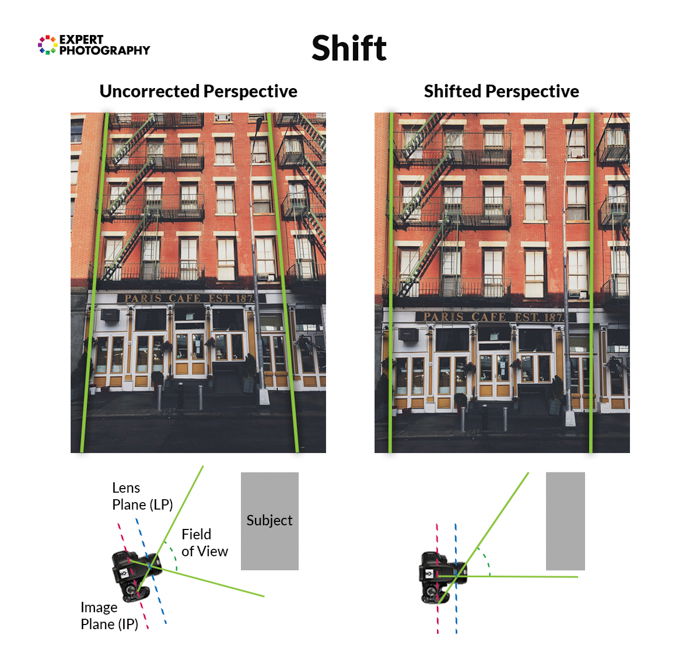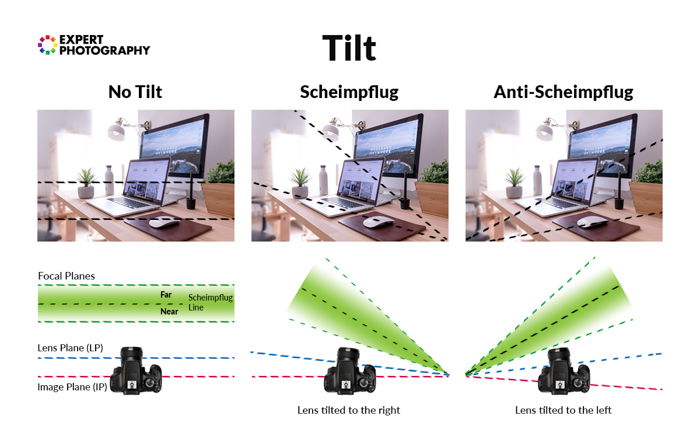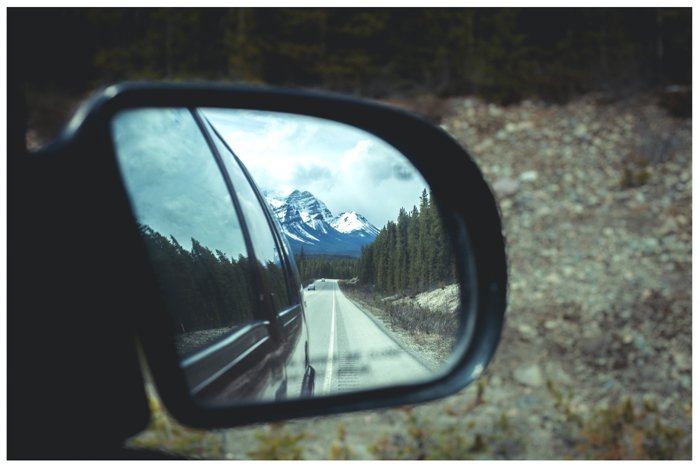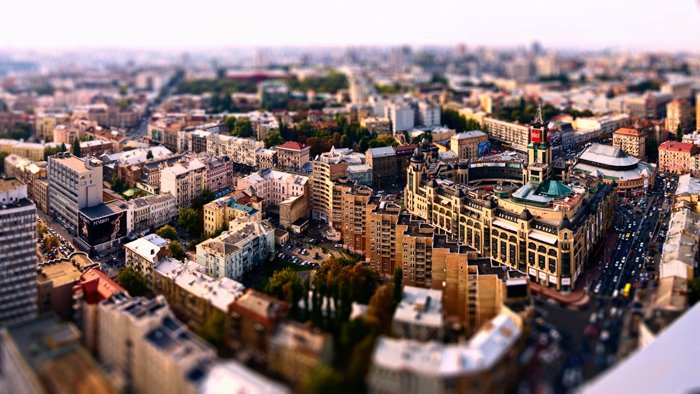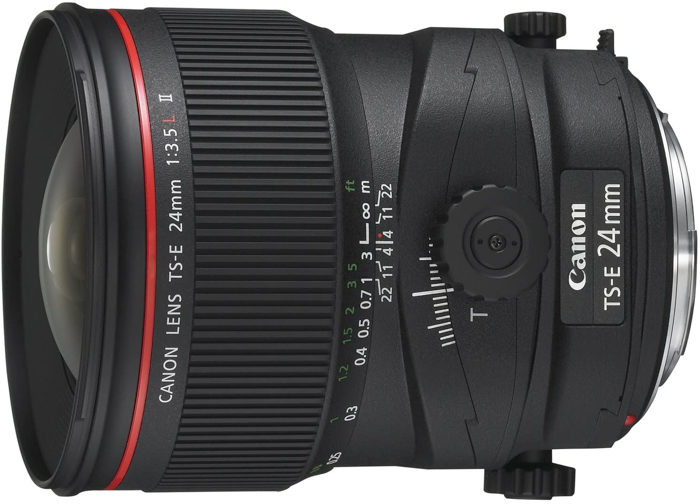Tilt shift lenses are popular with photographers because they allow them to control the focus and depth of field in their photos more easily than other types of lenses. They can also be used to create a sense of motion in a photograph, even when the subject is stationary.
What is a Tilt Shift Lens and How Does it Work?
A tilt-shift lens has optics inside it that can be tilted and shifted. Newer lenses also rotate, allowing the lens to cover a wider area. Even though they do not offer in-lens stabilization and autofocus, these lenses are specialised photography equipment. That is why tilt-shift lenses have a complicated construction and are quite pricey. The main aim of the tilt-shift lens is to reach even parallelism and a greater depth-of-field. The photographer tilts and shifts in different directions to overcome the difficulties of perspective control.
What is Tilt?
The tilt feature uses the Scheimpflug principle. This is where the lens plane and image plane/sensor are not parallel. This changes your plane of sharp focus. In a normal lens, the focal plane and sensor planes are parallel. By tilting a lens left or right, you change the way the two planes interact. The plane of focus runs vertically through the frame. This way, everything from the front to the back of the frame can be in focus. This is also true when using a wide aperture, where areas to the left and right will fall out of focus.
What is Shift?
The shift feature allows the lens’ optics to shift compared to the image sensor. The projection of these lenses creates much larger image circles than a typical lens. The Canon TS-E 24 f/3.5 Tilt-Shift, for instance, projects a 67.2mm image circle. This is way bigger than the EF lenses 43.2 mm standard image circle. This feature, for example, lets you photograph architecture without the converging verticals. For this to work, the camera needs to be level and pointed directly toward the building. The lens is then shifted upwards to include the top-most part of the building.
How Do You Use a Tilt-Shift Lens?
All Tilt-Shift lenses are manual focus. You can also use it without the tilt-shift feature. This will help keep your gear down to a minimum. The benefit of these lenses is that you can see the change in the lens when you tilt or shift. The tilt-shift lens will move, showing you the effects in play.
How to Use Shift
There are two adjustable screw knobs to the left and right of the tilt-shift lens. These allow you to ‘shift’ the lens in either direction. By shifting the lens left, you place the focal line on the right. That area is now closest to the sensor plane. Once you place the focal line on the right, everything on the left is out of focus. The reverse is also true. By shifting the lens right, you place the focal area on the left of the frame. With the shift, you have up to 12 mm of shift at your disposal. You can get a considerable depth of field with a wide aperture, such as f/3.5.
How to Use Tilt
To tilt your lens, use the two screw knobs on the top and bottom of the lens. Tilting your lens gives your frame the impression that your camera is much higher. To correct converging verticals, you need to tilt your lens up when shooting from the bottom of a structure. If you are shooting from the top down, you need to tilt your lens down.
What are Some Other Uses of Tilt-Shift?
As the tilt and shift features are independent of each other, each can turn 90 degrees. This means that instead of using the shift to get the focal area on the left or right, you can place them at the top or bottom. This is also true for tilt, allowing you to use it sideways instead of top to bottom. These tend to be used when changing camera orientation from landscape to portrait.
When Do You Use a Tilt-Shift Lens?
When you use a standard lens, your focal plane and depth of field fall on distance. Wherever you place your focus, there is a line in your image where everything is in focus. This only works in the distance and will depend on the aperture. With a tilt-shift lens, you can have a focal length running through many different distances without blurring out the other parts of the scene. This effect is outstanding for portraits.
Create Impossible Camera Angles
One of the best things about the shift is it allows otherwise impossible camera angles. For example, photographing into a mirror without the camera’s reflection is possible.
Create Panoramic Images
Another feature of the tilt-shift lens is creating panoramic images. By leaving the camera stationary, you capture a frame using left-shift, center, and then right-shift. This avoids the parallax error while enabling an easy panoramic stitch during post-production.
Our Tilt-Shift Lens Recommendations
Here are our picks on the best tilt-shift lenses available.
Canon TS-E 24mm f/3.5L II</a Nikon PC-E FX Micro NIKKOR 45mm f/2.8D ED Samyang 24mm F3.5 for Canon
Conclusion
A tilt-shift lens is a useful photography tool for various purposes. It helps photograph parallel lines and gives your photos a creative look. You can use a title shift lens in many situations, including creating otherwise impossible camera angles. Try out our Creative Photography Cookbook for even more tips to create compelling images of your own.





